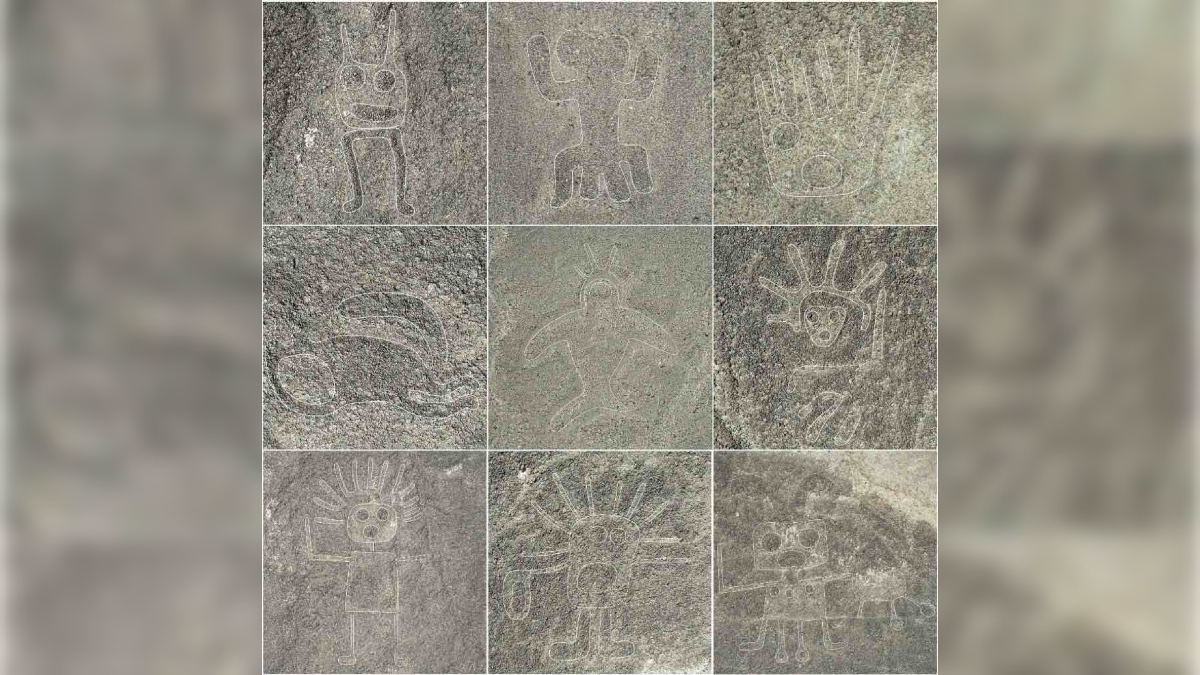Japanese researchers have identified 303 previously unknown geoglyphs in Peru’s Nazca desert, doubling the number of known figures that were created by a pre-Inca civilization around 2,000 years ago. This breakthrough was achieved using artificial intelligence, a method that allowed for more efficient mapping of the desert’s famous Nazca lines.
The Nazca lines, known for their vast depictions of animals, plants, and geometric figures, have long captivated archaeologists and tourists alike. Best seen from the air, the geoglyphs stretch across the desert about 350 kilometers south of Lima and are one of Peru’s most popular tourist sites.
During a press conference in Lima, archaeologist Masato Sakai from Yamagata University announced the findings, attributing the success to AI. “AI has enabled us to map the distribution of geoglyphs faster and with greater precision,” Sakai said, explaining that the new approach was a collaboration between Yamagata University’s Nazca Institute and IBM’s research division.
Traditionally, the identification of geoglyphs involved manually analyzing high-resolution images of the desert, a time-consuming process that could overlook smaller figures. AI technology, however, accelerated the process, leading to the discovery of more geoglyphs in just six months than had been found in nearly a century.
The study, published in the Proceedings of the National Academy of Sciences, revealed that AI was particularly effective in detecting smaller relief-type geoglyphs that are hard to spot with the naked eye. Among the new discoveries are large linear designs of wild animals and smaller figures representing abstract humanoids and domesticated camelids.
The Nazca civilization, which inhabited the area from around 200 BC to 700 AD, is thought to have created these lines, although their exact purpose remains unclear. Many researchers believe the lines hold astrological or religious significance.
The first of the Nazca lines were discovered in 1927, and they were designated a UNESCO World Heritage site in 1994.






